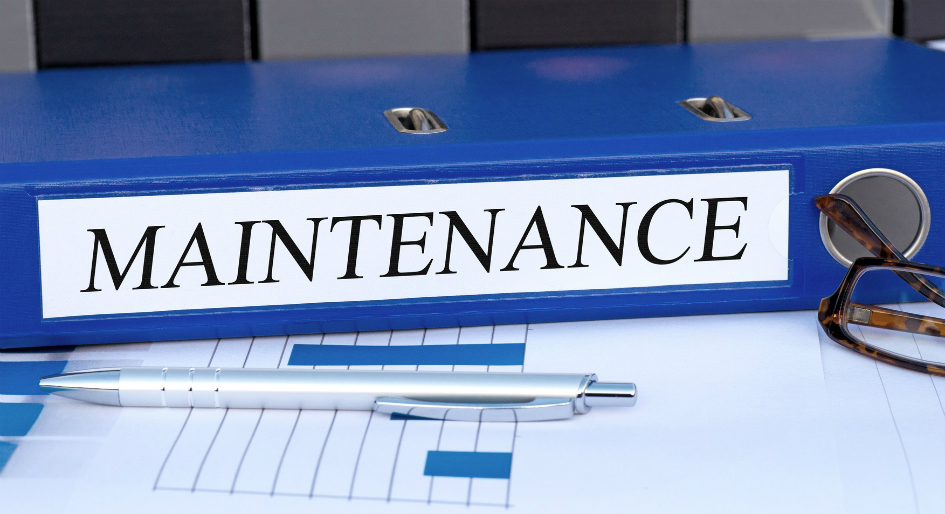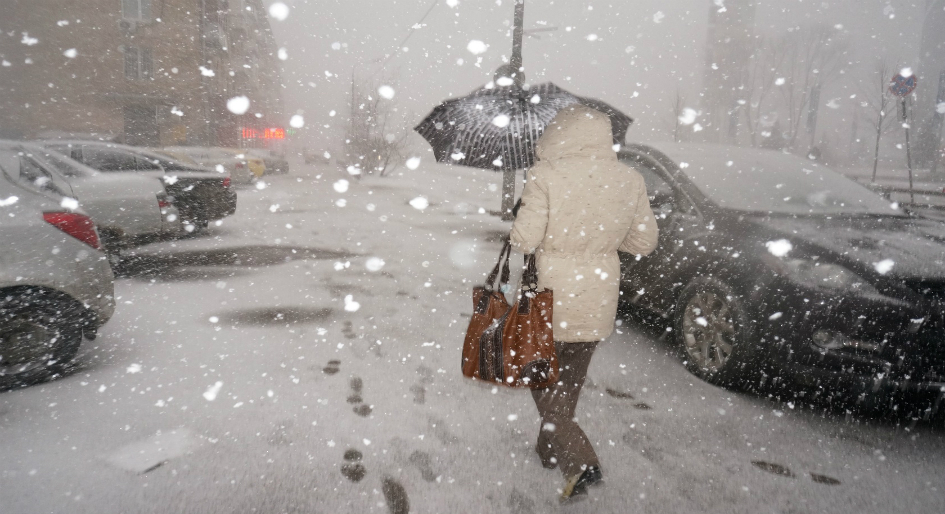With proper maintenance and care, commercial carpets can withstand a harsh winter and overcome the slush and snow that is currently finding its way into facilities across Canada.
To prevent such outside elements from spreading throughout a building, an effective dirt trekking system in the form of entrance matting is a common tactic that facilities depend upon. Such considerations prolong the life cycle of all other floor finishes susceptible to salt damage. High priority areas include front and side entrances, along with parking levels, which attract the highest amount due to foot traffic. However, some industry experts in the building services sector notice that not all facilities properly maintain matting, even after spending thousands of dollars on the product.
Here are some factors to consider when thinking about cleaning and maintenance issues inherent to winter matting and carpeting in general.
Winter matting goals
Various companies have different ideas on how much dirt is trekked into a building, but according to Michael Chisholm, sales consultant at Vifloor Canada Ltd., a Toronto-based company that supplies custom flooring solutions for property management, a minimum of 15 feet of carpet located at an entrance will trap as much as 85 per cent of dirt brought into a facility. He also states about 90 per cent of the foot traffic travels from a front door to a reception area or to and from a mailroom, so such areas should be given close consideration.
While all buildings may have similar matting goals—safety, function, design and, ultimately, budget —priority levels change according to asset type. For instance, school boards often consider budget and safety at the top of their list, whereas matting design is just as important in Class A office or condo towers in order to make a valuable impression to visitors and occupants.
In terms of maintenance cost, this will vary depending on which carpet is selected and, especially, what fibre is used to make the carpet. Either way, facility managers and owners must practice due diligence when it comes to ensuring proper matting during winter. Slip and falls are usually prevented when carpet is covering a floor from entrance to elevator.
Carpet cleaning and maintenance
Vacuuming
Jonathan Lewis, senior account manager at Spectrum Building Services, based in Toronto, says vacuuming is the best way to maintain winter matting because once salt gets into a carpet, it becomes very difficult to clean. This should occur on a day-to-day basis for high-traffic areas, or depending on the harshness of the season. For mild winters, carpets may only need to be vacuumed and then cleaned just before storing for the season.
He has seen cases where a lot of money is spent on matting that looks “beat up” after a year.
“Some buildings spend $5000 to $6000 on runners, but when it comes to cleaning them, they don’t want to spend the money on maintenance,” he says.
Hot water extraction
For salt and slush stain removal, Chisholm says most matting manufacturers concur that hot water extraction is the best and most effective method for cleaning and prolonging a carpet’s life cycle, and that frequency depends on the amount of foot traffic within a building and the severity of weather.
Robert Kravitz, former building services contractor and frequent writer for the professional cleaning industry across North America, says that heat helps activate the cleaning chemicals, allowing them to work more efficiently.
“According to some studies, for every 18 degrees above 118 degrees that the water is heated, the cleaning chemical becomes twice as effective,” he notes. “Most hot water extractors heat water to 160 to 180 degrees. By the time this hot water hits the fiber, it is about 150 degrees, a temperature that some carpet manufacturers recommend.”
Hot-water extraction is also recommended in medical facilities because it is the only method that can help remove biological contaminants and chemical residue from carpet. Kravitz says a few downsides to this cleaning method include higher energy use as opposed to a cold water machine, possible chemical fumes released into the air, which may mar indoor air quality, and hot water extractors cost slightly more than cold water systems.
However, he says this is still the best method for cleaning salt and other difficult elements from a carpet.
Cleaning frequency depends on the building or season. After a severe winter with increased salt and slush, extraction might be monthly.
“Some AAA buildings have a maintenance budget we all dream of, and image is very important to them, so extraction around immediate doorways could even be weekly or every second night, as soon as a bit of salt is detected,” adds Chisholm. “A building with less foot traffic, however, might wait till the spring.”
Encapsulation technology
For olefin and nylon carpets, encapsulation technology is recommended for spot removal. Even though this technology has been around for more than 15 years, advancements in the field have increased its performance level.
According to Lewis, an encapsulator is designed with an innovative polymer technology to form a distinct crystal when it dries. The crystal helps a good encapsulator capture soil so it can be extracted through post-vacuuming. Since most of the soil in a carpet is dry soil, the carpet should be well vacuumed before any cleaning so mud doesn’t form when a solution is added.
Cimex scrubbing machines are recommended due to their high level of agitation. Work the scrubber at a moderate pace and make a wet pass by holding the solution valve open. Return over the same pass without releasing more solution.
Lewis says in most cases one wet-pass followed with one dry-pass is all that is needed. If the carpet needs a little more scrubbing because it’s heavily soiled, simply make additional dry passes. This process has very little moisture and will completely dry within the hour. Since it takes about 24 hours for an encapsulator to cure and for crystallization to occur, post vacuuming could be performed the following day.
Selecting winter matting
There are two options when looking for entrance matting: rentals and purchases. With rental matting, a facility pays for convenience, and someone needs to switch the mat every week or more often during harsher weather. Chisholm suggests that a facility may see a cost savings as great as 50 per cent when owning certain mats versus renting over a three-year life-cycle.
Another selection factor, according to Lewis, is matting that will try to clean your shoes when you walk on it and absorb dirt and water.
If sustainability is a consideration when choosing carpets, some companies focus on job specific reclamation, where they recycle old matting and divert it from landfill, whether it be a small mat or a whole floor of carpeting.
When ordering winter matting, if it is desired for the first week of October, a contractor should know by the first week of August. Commercial properties are often more proactive than the residential sector, where Chisholm sees a more reactive approach, with matting being a priority as soon as winter weather strikes.
From Vifloor’s perspective, Chisholm says the biggest issue is that quality labour is at a premium, which leads to longer lead-times once winter weather arrives. If matting is ordered well in advance, a facility can book their installation when desired, for instance, the first week of October. But if matting is ordered during the first week of October, a facility is realistically looking at longer lead-times of up to four weeks.
Post-winter matting care and storage
Before storing for the summer, matting should be clean and dry. Chisholm says, at least for Vifloor matting, that the product should be stored upright, as opposed to rolled up and stored on its side. Often, if a mat is stored on its side for the season, items tend to be thrown on top of the product, crushing it and creating what Chisholm calls an “ocean effect,” with wave-like designs, making re-installation more difficult, costly and time-consuming.












Matting is the best, first, and least expensive way to control the spread of slush, mud and water from facilities, but each building is unique and requires a proper evaluation on it’s needs – simply buying a nylon runner mat may not address the problem, and some entrances don’t have the luxury of 15′ of floor to capture the mess.
Using the correct combination of scraping and wiping mats, both inside and out, along with more absorbent and effective materials is a more intelligent approach to managing the winter weather in your facility.
We also recommend warm water extraction only – not hot – as hot water can degrade the carpet/mat fibers prematurely. Chemicals should be used to spot problem areas only and not be added to the reservoir tank in most cases. This method reduces energy usage, chemical costs, and prolongs the life of your matting and carpeting.
I think wooden floor is better than carpet flooring.